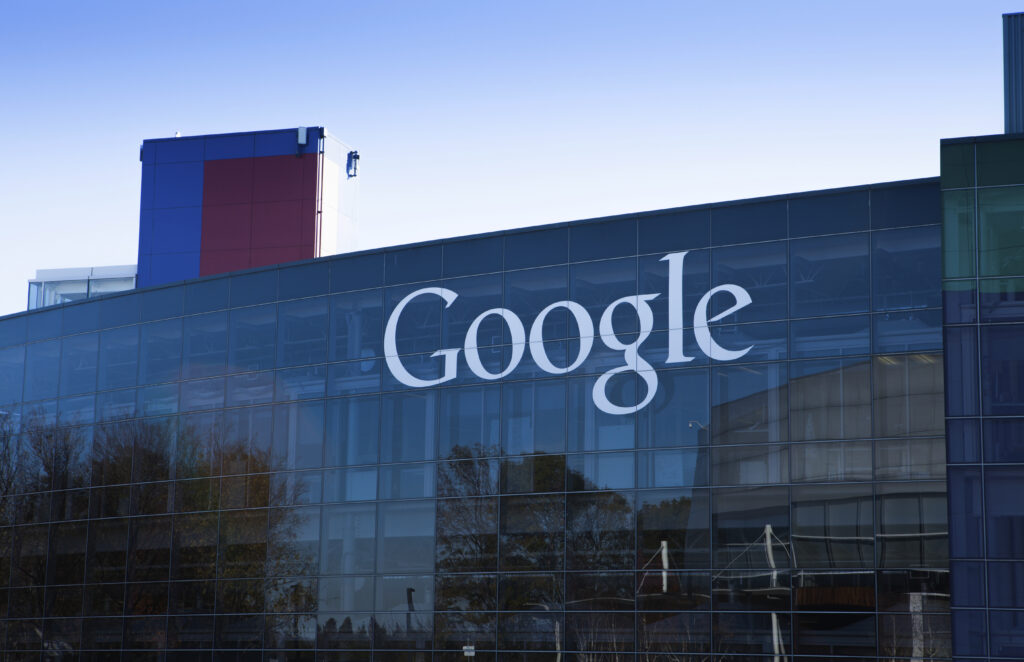Google has been well known for its unique approach to innovation – from its open culture, its radical work environment in its Googleplex campus to its methods for innovation. This has enabled it to grow meteorically from its formation in 1998 to become a $62 billion turnover company by 2014. One of its best known innovation mechanisms was its policy of ‘20% time’ which allowed its engineers to spend 20% of their time on personal projects.
Google ‘20% time’ resulted in some of the company’s most successful products such as Gmail, AdSense and Google Talk.
Google’s founders Larry Page and Sergey Brin highlighted the importance of this management method in a Founders’ IPO letter to prospective investors in 2004: “We encourage our employees, in addition to their regular projects, to spend 20% of their time working on what they think will most benefit Google,” the pair wrote. “This empowers them to be more creative and innovative. Many of our significant advances have happened in this manner.”
But in 2013 the company began cutting back on this policy and replaced it with a more focused approach to innovation.
Why did Google do this?
In 2012 the firm began requiring engineers who wished to work on individual projects to run their proposals by their managers first. This was a significant change from the firm’s previous policy.
In 2013 it was reported that managers had clamped down on staff taking ’20% time’ so as to avoid their teams falling behind in Google’s internal productivity rankings. Managers are judged on the productivity of their teams—Google has a highly developed internal analytics team that constantly measures all employees’ productivity—and so time spent on ’20% time’ projects would impact this.
An innovation system needs to evolve with the business it supports.
A Google employee writing on the technical website Slashdot at the time gave the following view of this change:
“My sense of the issue is that a lot of engineers are spooking at shadows, worried about their performance reviews if they spend 80% of their time on their teams’ main business rather than 100%. The solution to this, as far as I am concerned, is to make sure there is someone who is willing to stand up and say positive things about your project at review time… And if you can’t find one person who thinks your project is a good idea, take some time to figure out what you are hoping to accomplish before continuing.”
Peer support for an idea is certainly an important criterion in evaluating an idea’s business potential. However, radical ideas would often be rejected if peer support was needed, as the idea’s potential may not be fully understood in the existing paradigm. Thus there is an inherent risk that maverick ideas could be squashed at too early a stage by requiring broad-based support.
Google’s rationale – more focused innovation
The change appears to be the result of a more focused innovation strategy instigated by CEO Larry Page since he took over in January 2011.
This resulted in more tightly targeted innovation activities, i.e. with more ‘top down’ framing of focus areas rather than the ‘bottom up’ ‘scattergun’ innovation approach that was epitomised by Google ‘20% time’. This certainly – on the surface – make business sense, as the company is no longer the small rapidly growing business that it was in the early 2000s, with a business model that spawned new experimental products that would flourish or be quickly removed from the market.
Google was renowned for this fast-moving experimental innovation approach, epitomised in this quote by the head of its AdWords service: “If you’re not failing enough, you’re not trying hard enough…. If it doesn’t work, move on.”
But Google is now a large global business, with major revenue-earning products that need to be fully exploited to yield their potential financial benefits. This requires a different innovation system to that of a start-up, one that is more operationally focused on the major product lines and strategic growth areas. The culture required to support this more ‘operational’ business model and the characteristics of the staff required are also different from that needed for a start-up.
But there are risks to this change. For what is being lost is the broad-based culture of innovation that was the bedrock of Google’s success?
Now innovation will involve fewer personnel, selected for focused projects. Will this new culture be as attractive for some of the current (and potential) employees at Google? Will it provide as rich a portfolio of innovation concepts and potential new products as the broader-based innovation approach that was Google’s ‘20% time’? To guard against this risk, Google management will need to monitor its innovation metrics covering both ‘output’ (e.g. new products and new ways of working) and ‘pipeline’ (e.g. new ideas) of the firm’s innovation system.
[cm_form form_id=’cm_65a14c3f5da64′]
Evolve your innovation system
The Google ‘20%’ story is a good reminder to managers in product and service businesses that an innovation system needs to evolve with the business it supports as that business develops and expands.
Google ‘20%’ resulted in some of the company’s most successful products such as Gmail.
A firm’s innovation system encompasses key practices such as the strategic focus for innovation, processes for idea development, selection and implementation, as well as the working culture and key resources (such as employee time and recognition for innovation). What works for a single location owner-managed business start-up is not necessarily suitable for a multiple-location professionally-managed business and certainly not suitable for an international multi-culture business.
The nature of a business’s value proposition, its customer/client set, organisation and culture can all change over time and the innovation system needs to change with them. Google’s changes in its strategic innovation focus, necessitated changes in its underlying processes and culture – including its famed ’20%’
Article based on a case study in ‘Innovating professional services – transforming value and efficiency’ by Alastair Ross, published May 2015 by Gower.







4 responses
Great article! I think it is
Great article! I think it is important to distinguish between abandonment and evolvement. What Google is doing (as you rightly pointed out) is evolving their philosophy and not evolving it. The same argument goes for new age performance management processes. When we look at (tactically & operationally) what companies like GE, Deloitte, Accenture is doing – it is evolvement; it only sounds on media like they are abandoning performance management all together, which is factually incorrect.
Very true! Thanks for your
Very true! Thanks for your comment!
Thanks for posting,
Thanks for posting, interesting article!
Great post – thanks for
Great post – thanks for sharing